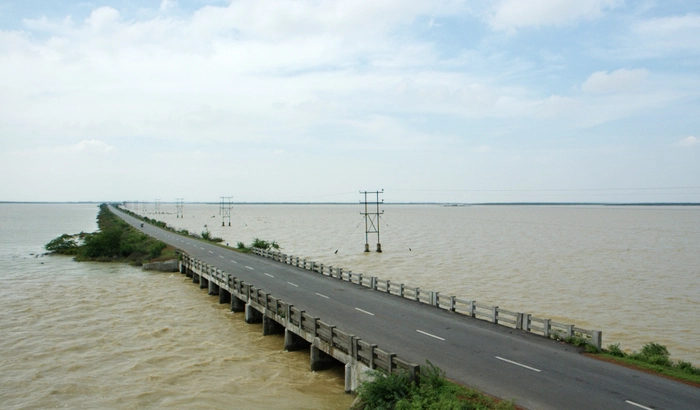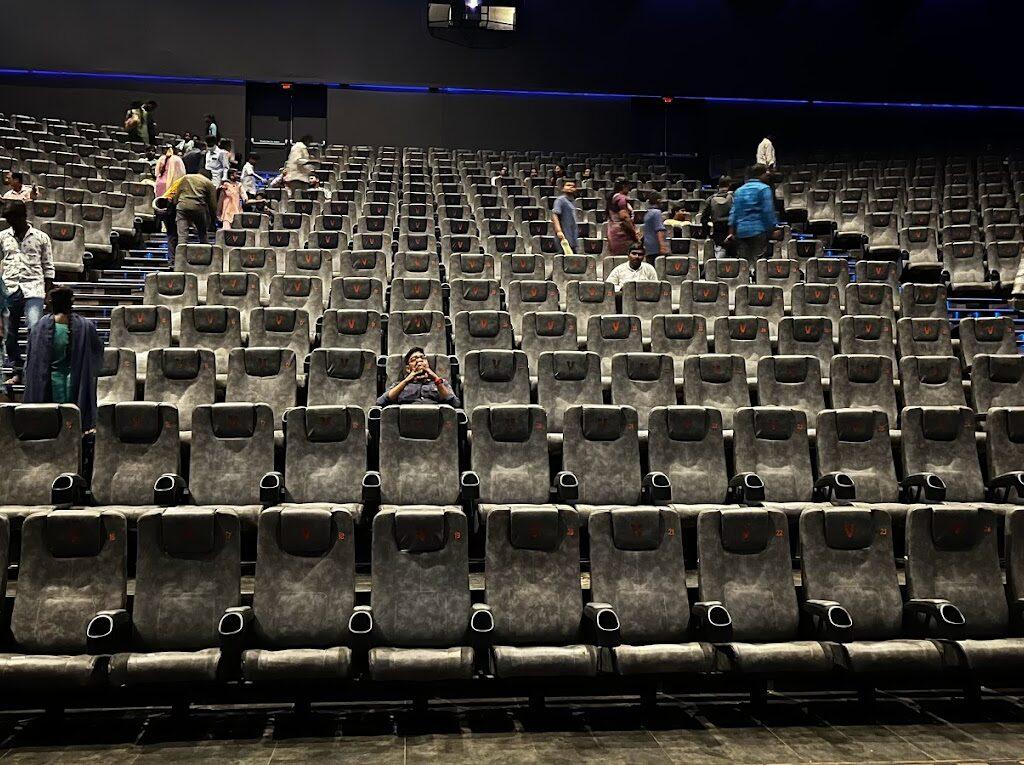
Sri Venkateswara National Park is a national park and biosphere reserve in Tirupati of Andhra Pradesh, India. The total area of the park is 353 km2. The park is known for its many waterfalls, including the Talakona, Gundalakona and Gunjana. As the government of India declared the Seshachalam Hills as one of the biosphere reserves of India in 2010, this national park becomes the part of it.
About 178 species of birds from this national park have been identified. The globally threatened yellow-throated bulbul is seen here. grey-fronted green pigeon, a bird of the Himalayas and the Western Ghats is quite common in these forests. The critically endangered Oriental white-backed vulture is found in the national park. Some of the other birds found here are:
large hawk-cuckoo, blue-faced malkoha, yellow-browed bulbul, Indian scimitar-babbler and Loten’s sunbird.
In 1984 the Asian elephant, not seen in Andhra Pradesh for nearly 300 years, re-appeared in the southern part of Chittoor district. In 1993, a breakaway herd of five individuals moved to the Chamala Valley of Tirumala forests in this national park.
Among predators the leopard is quite common, along with the wild dog. Other predators include golden jackal, Indian fox, small Indian civet and jungle cat. Sloth bear is frequently encountered. Sambar, spotted deer, mouse deer, barking deer, four-horned antelope and wild boar are the main ungulates. The nocturnal slender loris could be common but is seldom seen. The Indian giant squirrel and tree shrew are other interesting species.
Among reptiles, the most interesting species is the gliding lizard, found in some deep forested valleys. Another important reptile of this national park is the Indian golden gecko. Originally reported from rocky ravines in the Eastern Ghats, the Indian golden gecko was rediscovered from the same area in 1985
| Sri Venkateswara National Park | |
|---|---|
| IUCN category II (national park) | |
| Sri Venkateswara National Park on Tirumala Hills | |
| Location | Tirupati and Annamaya districts, Andhra Pradesh, India |
| Nearest city | Tirupati |
| Coordinates |  13°45′4″N 79°20′16″E[1] 13°45′4″N 79°20′16″E[1] |
| Area | 353 km2 (136 sq mi) |
| Established | September 1989 |




